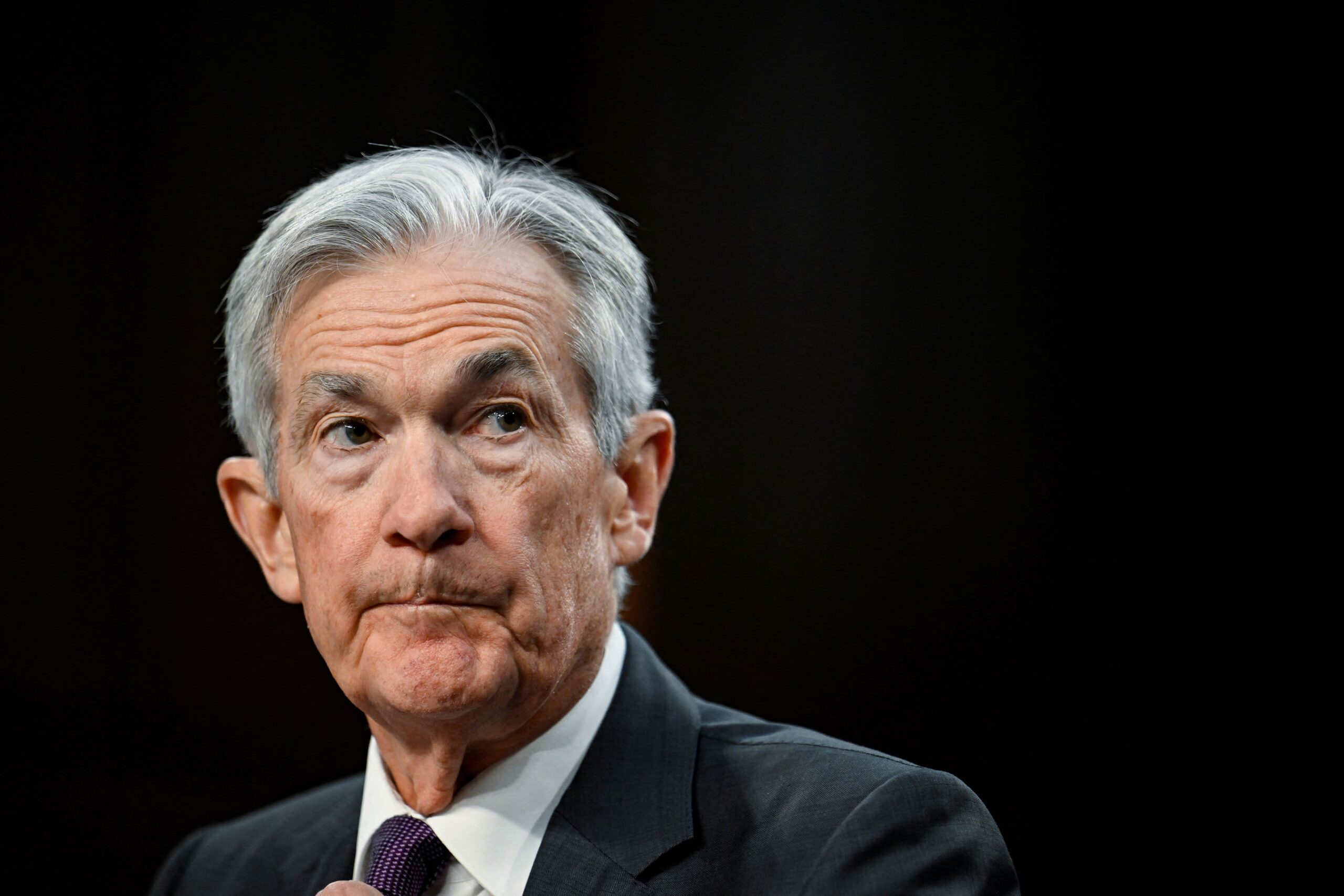KUALA LUMPUR: The Asia-Pacific Economic Cooperation (APEC) economies are expected to continue to grow but at a moderate pace, reflecting uncertainties stemming from trade protectionism, persistent inflationary pressures and geopolitical tensions.
“We are seeing a moderation in economic growth in 2025 and 2026 due to these challenges as well as fluctuations in commodity prices. These challenges call for stronger multilateral cooperation between member economies,” said Carlos Kuriyama, director of the APEC Policy Support Unit, in a statement in conjunction with the unit’s latest report.
The report noted that in 2023, APEC’s gross domestic product (GDP) expanded by 3.5 per cent, outpacing the global GDP growth of 3.2 per cent. The expansion was driven by robust household spending amid high consumer confidence, government spending, a healthy services sector, and especially the solid recovery of travel and tourism.
The region’s inflation rate has eased steadily, posting an average of 3.9 per cent last year compared to 5.9 per cent in 2022. It is expected to decrease further to 2.9 per cent this year.
However, the report cautioned the economies to not let their guard down.
The report also noted that in the past 12 months, 17 currencies in the APEC region have depreciated against the US dollar, ranging from 2.1 per cent to 16.7 per cent as of April 2024.
Another development to watch is the extended drought and increased maritime risks observed at the Panama and Suez canals.
These choke points have led to a significant escalation in freight costs, reaching their peak in late January 2024 and persisting at levels 50 per cent higher than usual, as of April 2024 compared to a year ago.
“Uncertainties have dampened trade activity in 2023, affecting spending decisions and causing sluggish demand. Accumulation of restrictive and unpredictable trade policies such as anti-dumping measures, tariffs and countervailing duties continued to increase, which can further curb trade activity,” said Glacer Niño A Vasquez, a researcher with the unit.
Kuriyama, meanwhile, said that “by remaining vigilant, reducing debt, rebuilding buffers and implementing productivity-enhancing structural reforms, APEC economies could effectively navigate the complexities of the current landscape. (That would) strengthen economic fundamentals and regional ties for a future that is inclusive, sustainable and prosperous.” – Bernama

